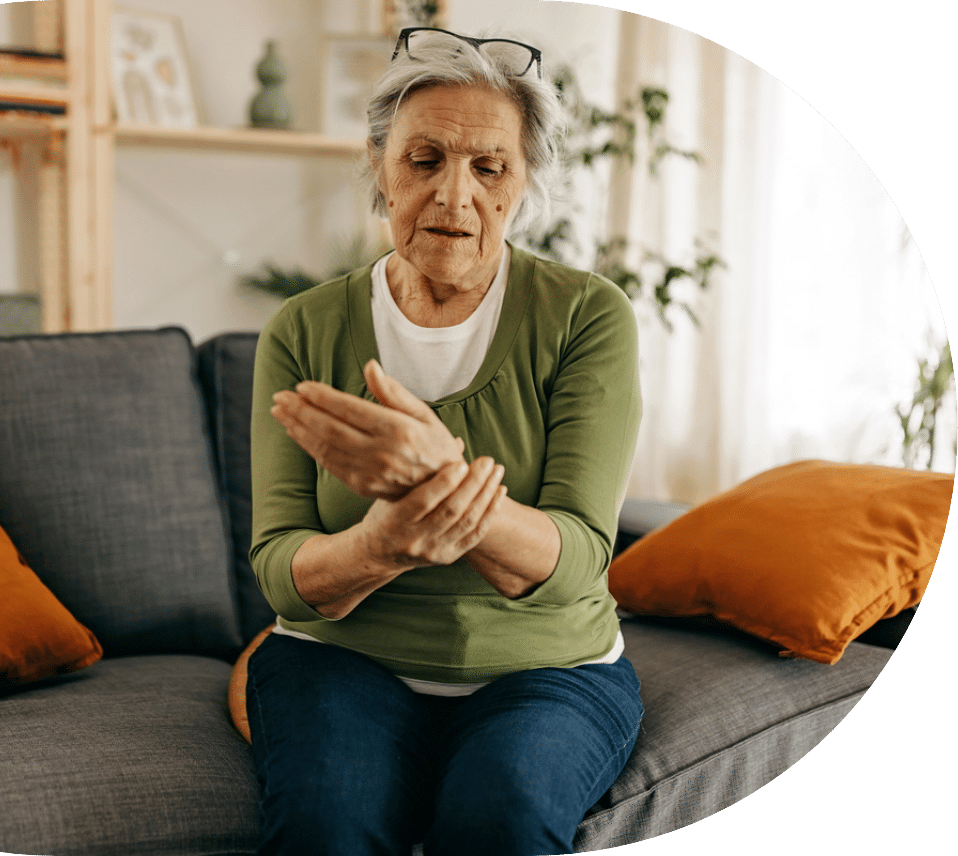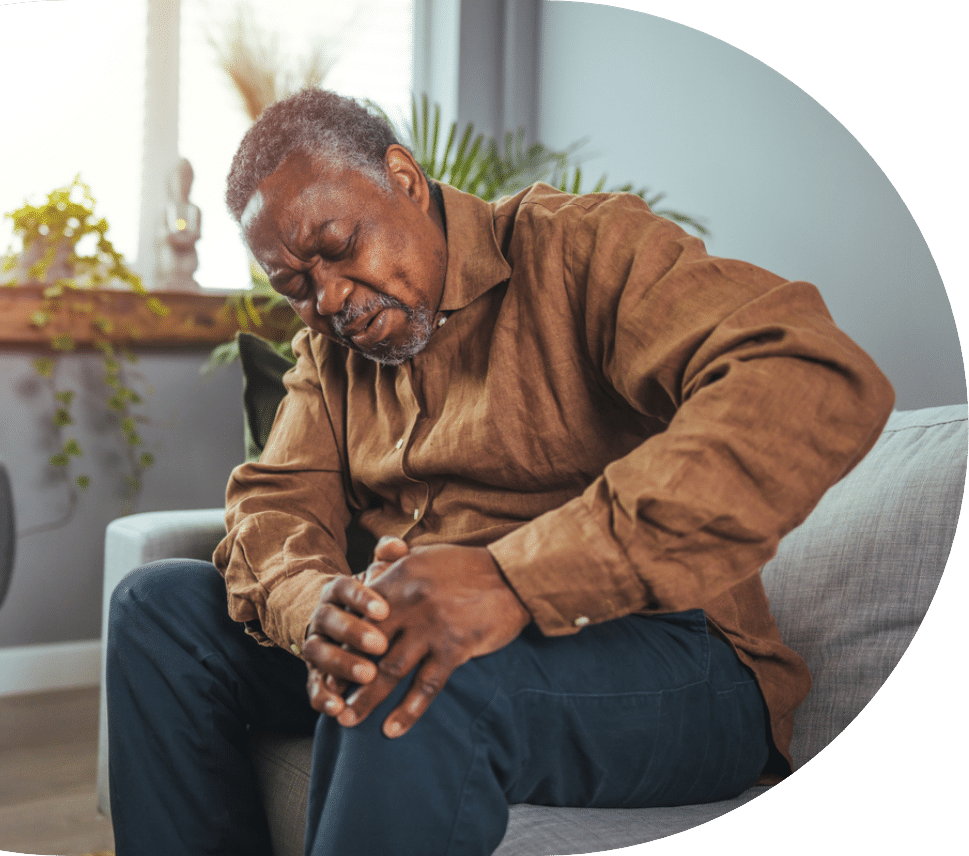1
X-Ray
Diagnosis and screening is done by dual-energy X-ray absorptiometry (DXA) which is fast, convenient, and non-invasive. The test uses low radiation x ray scans to measure the bone mineral density in the hip and spine with the result expressed as a T-score which compares the of bone mineral density results to the normal healthy population. The T-score results are further classified as normal bone mineral density, osteopenia which is below normal bone mineral density and osteoporosis.



